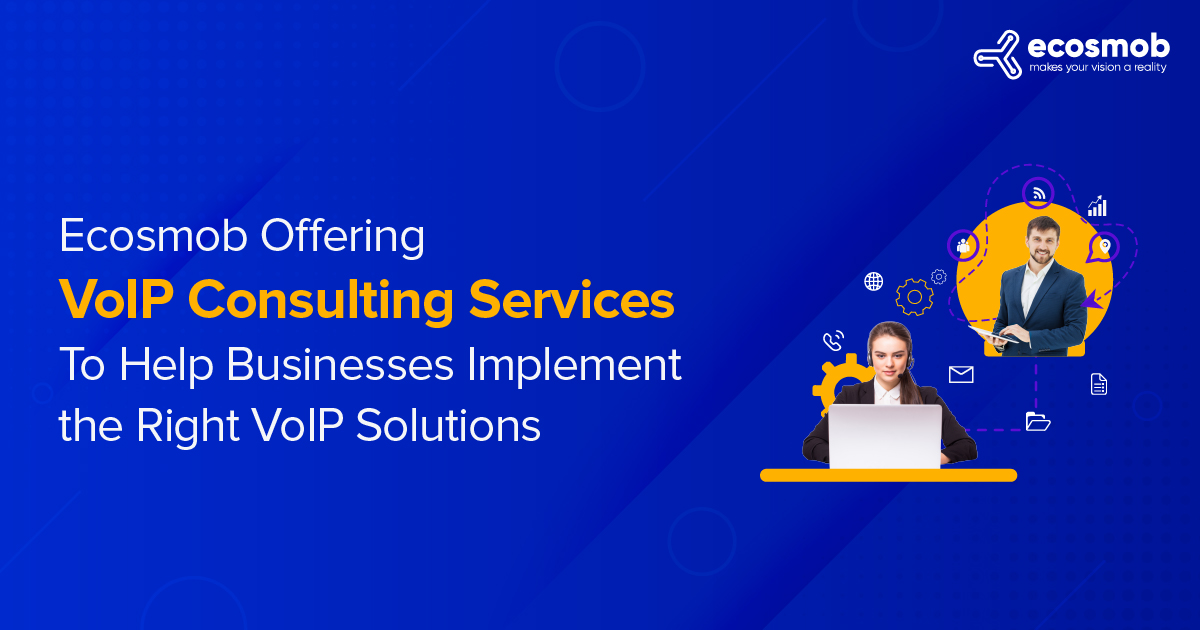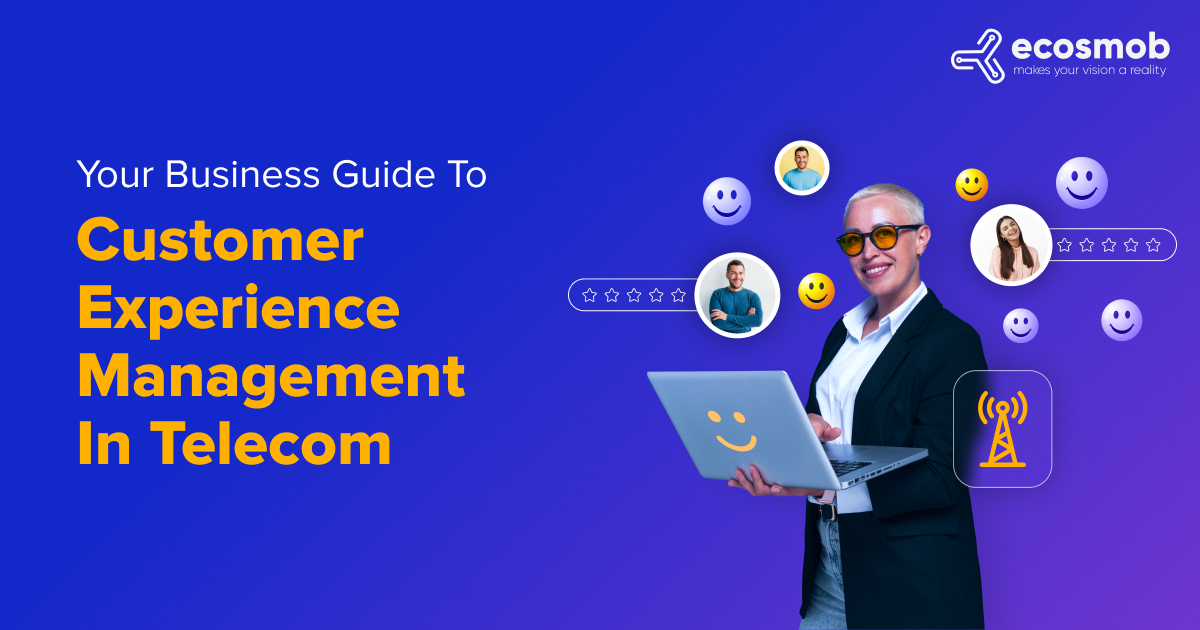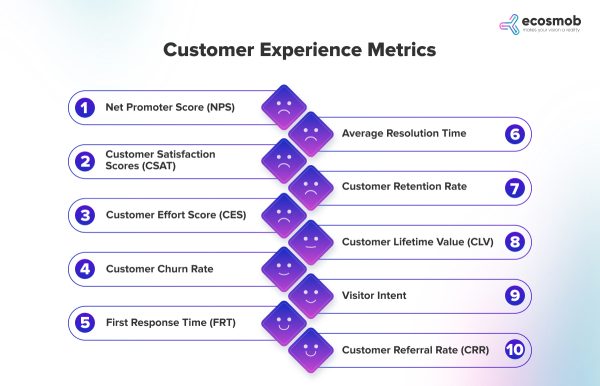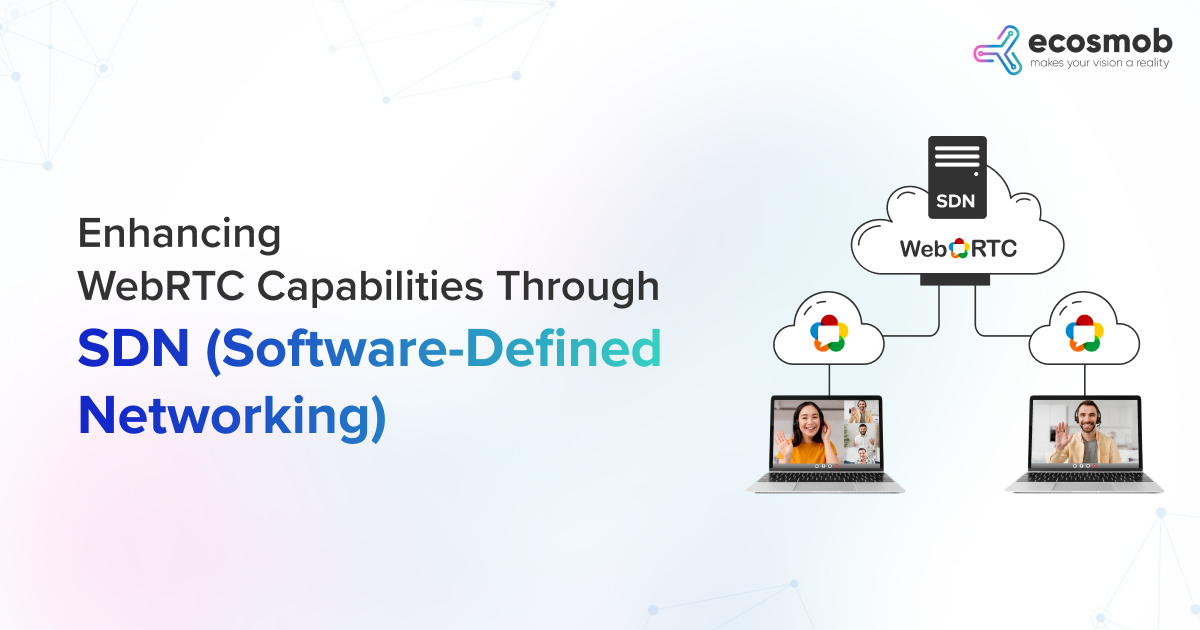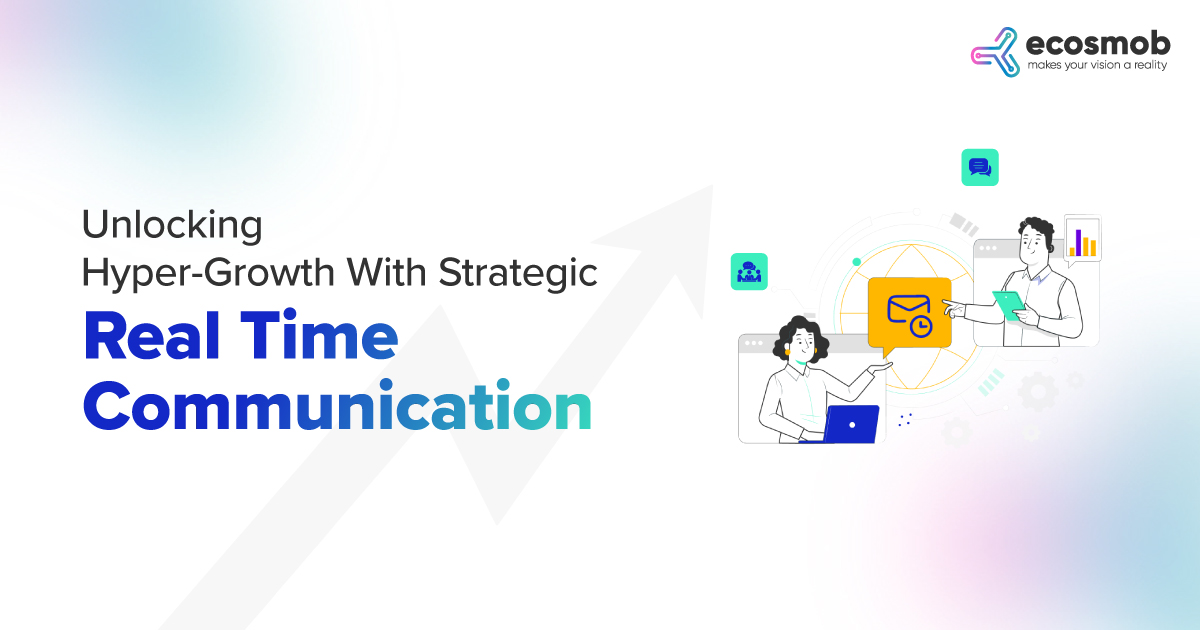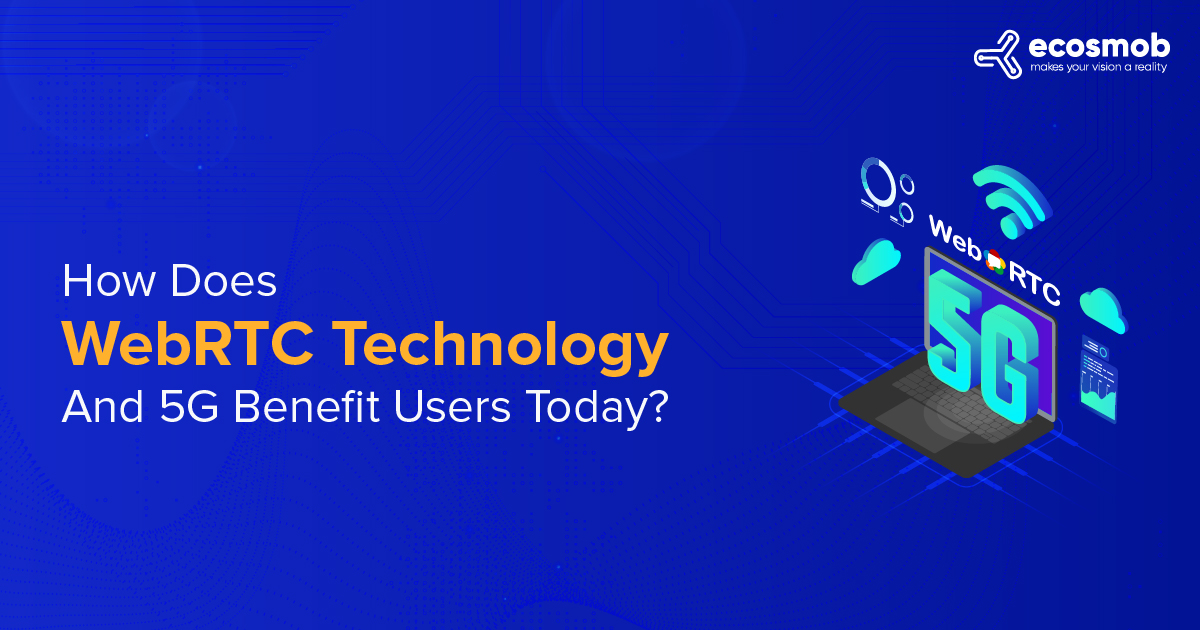Have you ever considered how your feelings about a brand are shaped not just by the products they sell but by the experiences you have with them? It’s like going on a journey where every interaction, from start to finish, can turn you into a loyal advocate or send you searching for alternatives. And that’s where Customer Experience Management (CXM) comes into play, especially in the dynamic telecom industry.
This guide is designed to navigate your business through the different aspects of CXM, ensuring that every interaction your customers have with your brand is satisfactory and exceptional!
Discover how our custom telecom solutions can make all the difference in your customers journeys.
What Is Customer Experience Management (CXM)?
In the telecom sector, CXM goes beyond traditional customer service; it’s about orchestrating every interaction between your company and its customers to ensure a seamless and positive experience.
At its core, Customer Experience Management ensures that the interactions between you and your customers are both satisfactory and delightful.
But what does that look like in ACTION?
CXM involves a deep understanding of your customer’s needs, preferences, and pain points and proactively addressing them to elevate their satisfaction and loyalty.
For businesses, CXM entails mapping out the entire customer journey, identifying touchpoints, and optimizing these interactions to deliver value at every stage.
What Makes Customers Happy?
Everyone just wants to be understood!
The key to customer happiness lies in personalization and anticipation of needs. Customers seek responses and proactive solutions, demonstrating an understanding of their unique challenges and preferences.
Personalization, powered by data analytics and Artificial Intelligence, lets you tailor services and communications to individual customers.
Imagine being a telecom service provider that knows its customers so well it can tailor its services to match their lifestyle.
Personalization or customization in telecom goes beyond calling plans; it’s about creating an experience that makes your customers feel like it was created just for them.
This could mean customized data plans, personalized offers, or even support that knows your customers’ history and preferences without them having to repeat themselves.
Why is CXM Vital For Your Telecom Businesses?
According to Zendesk’s 2021 Customer Experience Trends Report, 75% of customers are willing to pay more to buy from companies that provide a good customer experience.
In telecom, where services are integral to both personal and professional spheres, the significance of CXM cannot be overstated. Understanding CXM allows your business to anticipate and meet the evolving needs of your customers, fostering a sense of trust and reliability.
Effective CXM can lead to:
- Higher customer retention rates, ensuring a stable and loyal customer base.
- Enhanced brand reputation, as positive experiences, turn customers into brand advocates.
- A more robust bottom line, driven by increased customer lifetime value and reduced churn.
- Improved competitive advantage, positioning your business as a leader in customer-centricity.
- Greater operational efficiency, as insights from CXM inform smarter, more effective business strategies.
What Are The Building Blocks of Effective CXM in Telecom?
Implementing CXM in telecom isn’t just about adopting new technologies; it’s about weaving a customer-centric culture throughout the organization.
- Customer Feedback: Paying attention to what customers have to say is the foundation of CXM. It’s about continuously turning feedback into actionable insights to improve the customer journey.
- Employee Engagement: Engaged employees are the unsung heroes of great customer experiences. When employees are motivated and empowered, they deliver better service.
- Seamless Omnichannel Support: Customers expect to reach out and receive consistent service through calls, messages, or social media. With seamless integration across channels, Convin enables businesses to deliver a unified and efficient customer experience.
- Proactive Problem Solving: Anticipating and addressing issues before they affect customers can significantly enhance satisfaction and loyalty.
Steps to Build An Effective CXM System For Your Business
CXM is the foundation upon which lasting customer relationships are built. Here’s how you can build your foundation:
- Customer Journey Mapping: Begin by outlining every step of your customer’s journey, from initial awareness to post-purchase support.
- Touchpoint Optimization: Identify and improve key interaction points to ensure they contribute positively to the customer experience.
- Data Integration: Utilize customer data to personalize interactions and predict future needs, enhancing the relevance of your offerings. Implementing robust data integration tools can streamline the process, ensuring that your data flows efficiently across all customer touchpoints and systems for better insights and customer engagement.
- Continuous Feedback Loop: Implement mechanisms to gather and act on customer feedback, allowing for iterative improvements to the CX strategy.
- Employee Training: Make sure your teams understand the importance of CXM and are equipped to deliver consistent, high-quality interactions.
But how would you know if your CXM strategies are working?
How to Measure Success in CXM?
It’s all in the metrics!
Customer satisfaction scores (CSAT), Net Promoter Scores (NPS), and customer retention rates are just the tip of the iceberg. These metrics offer a glimpse into how customers feel about their experiences and, more importantly, what can be improved.
Beyond these, analyzing customer lifetime value (CLV) and customer effort score (CES) can offer deeper insights into the effectiveness of your CXM strategies. Regularly monitoring these metrics will guide your business in making data-driven decisions to enhance the customer experience continually.
Customer Experience Metrics
- Net Promoter Score (NPS)
- Customer Satisfaction Scores (CSAT)
- Customer Effort Score (CES)
- Customer Churn Rate
- First Response Time (FRT)
- Average Resolution Time
- Customer Retention Rate
- Customer Lifetime Value (CLV)
- Visitor Intent
- Customer Referral Rate (CRR)
Also, don’t forget to ask yourself these questions when evaluating your CXM system:
- Have we mapped the entire customer journey accurately?
- Are we leveraging technology to personalize and enhance the customer experience?
- Do we have a system to measure and analyze CXM metrics effectively?
- Are our employees empowered and trained to deliver exceptional customer experiences?
- How do we integrate customer feedback into our continuous improvement processes?
What Not to Do in CXM?
Avoid siloed approaches that fragment the customer experience across different departments. Neglecting the integration of feedback mechanisms can also lead to missed opportunities for improvement.
Additionally, over-automation without human empathy can detract from the personal touch that customers value in interactions with their telecom providers.
What are the Challenges of CXM in Telecom?
Telecom businesses encounter a unique set of challenges. With services critical for personal and professional life, the stakes for maintaining high-quality customer experiences are sky-high.
Unlike tangible products, telecom services are ongoing, so the customer experience continuously evolves. This requires telecom companies to be on their toes, ensuring network reliability, clear communication, and prompt customer service.
The Role of Technology In CXM
Technology plays a lead role in CXM within telecom.
From advanced analytics like sentiment analysis that predicts customer needs to AI-driven chatbots providing instant support–the digital transformation in telecom is all about enhancing the customer experience.
Leveraging technology streamlines operations and enables your business to stay ahead of customer expectations, offering timely and relevant solutions.
It’s about being there for your customers with the right solutions before they even realize they need it.
This is where you might want to start looking for the perfect technology partner for your business–one who cares about your customers’ satisfaction as much as you.
Partner with us to harness the power of technology to elevate your CXM system. Ecosmob’s custom telecom solutions are designed to keep your customers satisfied and connected!
Wrapping Up
As we look ahead, the future of CXM in telecom is bound to get even more exciting. With the rise of 5G and the Internet of Things (IoT), the opportunities to create more connected and personalized experiences are endless. Imagine IoT smart homes and cities where your telecom services adapt in real time to your needs. That’s the future we’re heading towards.
In the dynamic world of telecom, CXM is more than a strategy; it’s a culture that needs to be ingrained within every facet of your business. By placing customer experience at the core of your operations, your company can navigate the complex telecom landscape with agility and foresight. It’s exactly what will help your business deliver services and memorable experiences that resonate personally with your customers.
Don’t forget that every interaction is an opportunity to showcase your commitment to excellence in customer experience, ensuring not just a connected journey but one that is truly enriching and memorable.
Join the ranks of telecom leaders who prioritize CXM.
FAQs
How does CXM differ from traditional customer service in telecom?
CXM encompasses the entire customer journey, focusing on proactive engagement and personalized experiences, unlike traditional service, which reacts to customer inquiries.
How can feedback be effectively integrated into telecom CXM strategies?
Establishing a continuous feedback cycle, where customer insights are regularly collected, analyzed, and acted upon, is key.
How does CXM contribute to reducing operational costs in telecom?
By improving customer retention and satisfaction, CXM can lower acquisition costs and reduce spending on dealing with complaints and churn.
Social media is an essential medium for customer engagement, feedback collection, and providing support, enhancing the overall customer experience.
How can telecom companies ensure privacy and security in their CXM initiatives?
Adopting strong data protection measures and transparent privacy policies is crucial to maintaining customer trust in CXM efforts.




